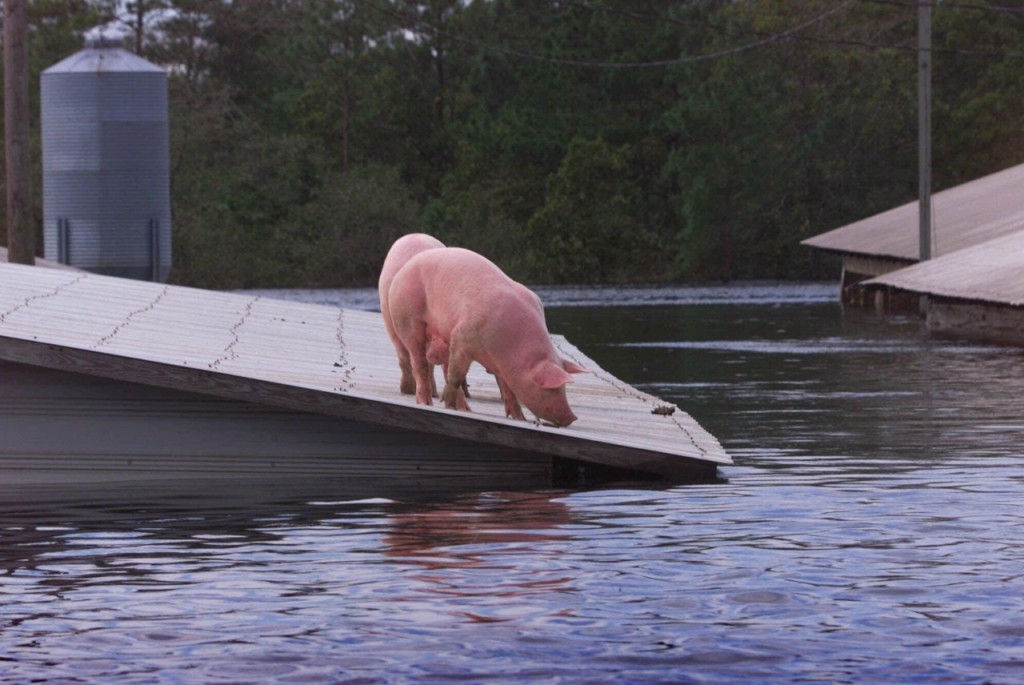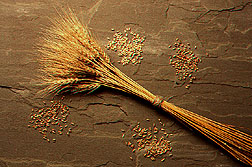Climate and Ag in the news
-

The Farm Journal’s Pork Newsletter produced an excellent list of things to do before, during and after a hurricane hits a hog producer’s operations. We still have a couple months of the tropical season to go, so it is not too late to get hit by another tropical storm or hurricane. You can check it…
-

A flash drought is a severe drought which comes on suddenly, usually through the combination of a near total lack of rainfall and much warmer than normal temperatures. We are seeing a flash drought in the Southeast now, and conditions are rapidly worsening because of the July-like weather. Flash droughts are hard to predict and…
-

I love this story from the UGA College of Agricultural and Environmental Sciences about how Georgia 4-H, a part of UGA Extension, is offering the My Preparedness Initiative (My PI) program to provide students with extensive training to be better equipped in case of emergencies. According to the story here, the students have to be…
Posted in: Climate and Ag in the news -

Historical records of hurricanes only go back a few hundred years and are captured mainly in places where people lived in coastal areas. How do climatologists learn about hurricanes which occurred before humans were there to record their occurrence? It turns out that hurricanes leave recognizable patterns of mud and sand deposits in coastal areas…
-

I once did a project looking at trends in auto sales at big outdoor lots depending on the weather. Not surprisingly, rainy and snowy days cut sales at those lots, especially on weekends. Even if the weather was good the next week, the sales never quite came back. Here is a new study described in…
Posted in: Climate and Ag in the news -

As temperatures get warmer across the Southeast, blueberry growers are looking towards planting more varieties that have lower chill hour requirements. One great place to look is to Florida, where chill hours are naturally lower. Here is an interesting description of the UF Blueberry Breeding Program and how they are working to find new productive…
-

One fifth of the world’s calories come from wheat in the form of bread, noodles, and cereal. But rising temperatures and more extremes of precipitation have made it more difficult to grow wheat consistently. This is even more important considering the growth of the population that is likely to depend on wheat for their nutritional…